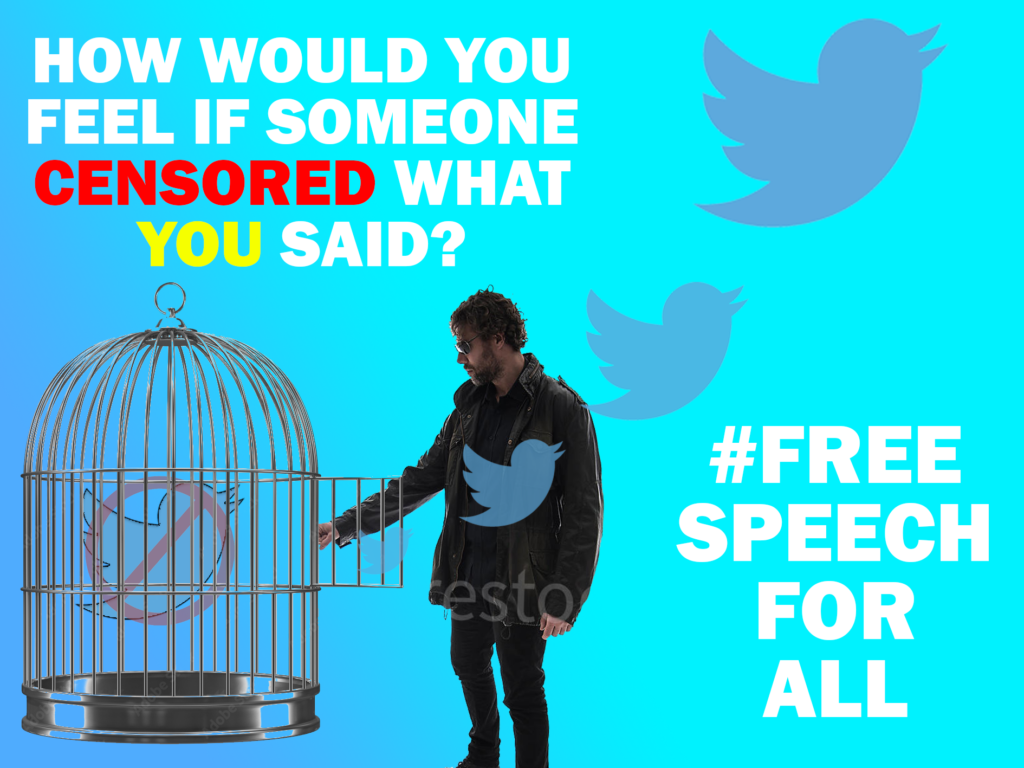Newspaper:
Authoritarianism control has a power in a leader or an elite not continuality responsible to the people
Liberalism: Is a political and moral philosophy based on the rights of the individual, liberty, consent of the governed and equality
Right wing newspapers:
-The daily mail
-The Sun
-Daily express
-Sunday express
Left wing newspapers:
-Daily mirror
-Morning star
Noam Chomsky
Noam Chomsky’s propaganda model: The propaganda model is a conceptual model in political economy advanced by Edward S. Herman and Noam Chomsky to explain how propaganda and systemic biases function in corporate mass media.
Noam Chomsky describes himself as an anarcho – syndicalist and libertarian socialist and is considered to be a key intellectual figure within the left wing of politics of the united states.
the 5 filters of mass media
structures of Ownership – is a Part of bigger conglomerates with an end game of profit. Push for what gets them that profit that’s their interest. Journalism comes second.
The role of advertising – Advertising products to earn money and profiting off the product, They are selling products but are also selling the audiences
Links with the establishment -the very system includes complicity. People who in power of the media will punish those who are against them. Companies who are all linked
Diversionary tactics – ‘Flak’- Getting rid of unwanted news, exposing the government, negativity surrounding patriarchy
Uniting against a ‘common enemy’ – your enemy’s enemy is your friend. Uniting against something we dont like
Agenda setting:
AGENDA SETTING -Media Agenda Setting, Politics Agenda Setting, and Public Agenda Setting
FRAMING – expands the research by focusing on the essence of the issues at hand rather than on a particular topic.
MYTH MAKING –
CONDITIONS OF CONSUMPTION – Personal consumption expenditures are officially separated into three categories in the National Income and Product Accounts: durable goods, nondurable goods, and services.
Mass media: Mass media is communication, whether written, broadcast, or spoken that reaches a large audience.
-Television
-radio
-advertising
-movies
-the internet
-newspapers
-magazines
mass media is a significant force in modern culture.
The daily mail
- Is a British daily middle-market newspaper published in London
- The daily mail has 218 million visitors per month
- It has won a number of awards eight times since 1995
- It was one of the first British papers to popularize its coverage to appeal to a mass readership
- The Daily Mail’s print circulation has fallen below 900,000 for the first time in more than 100 years. In February the newspaper sold an average of 896,455 copies each day or 767,021 on weekdays and 1,449,049 on Saturdays – following a month-on-month drop of 1% and year-on-year decline of 7%
- The Daily Mail Is Yellow Journalism – sensationalistic or biased stories that newspapers present as objective truth
- The daily mail are right wing
- the Daily mail is a member of the Independent Press Standards Organisation (IPSO), the new regulatory body for the Press set up in response to the Leveson Inquiry.
The I
- The I is a British national morning paper published in London by daily mail and general trust.
- Founded 26th October 2010
- The paper and its website were bought by the daily mail and general trust on 29th November 2019 for £49.6 million.
- The I was named British National Newspaper of the year in 2015
- The paper had an average daily circulation of 302,757 in March 2013 significantly more than the independent.
- At the start of September 2017, the price rose once again, to 60p for the weekday edition and 80p for the relaunched i weekend beginning later that month
- On 11 February 2016, it was revealed that regional publisher Johnston Press, which owned The Yorkshire Post and The Scotsman, were in the advanced stages of talks to buy the i for around £24 million
- Rothermere, the chair of DMGT, said that the paper would maintain its politically independent editorial style
Habermas and the public sphere
what is Habermas theory of the public sphere?
In its ideal form, the public sphere is “made up of private people gathered together as a public and articulating the needs of society with the state.
The public sphere is the arena where citizens come together, exchange opinions regarding public affairs, discuss, deliberate and eventually form public opinion
Mark scheme:
The i and the Daily Mail attempt to establish a distinctive identity within this free market
Free market = free market is a system in which the prices for goods and services are self-regulated by buyers and sellers negotiating in an open market without market coercions
Curran and Seaton: Liberal theory of press freedom
To discuss key concepts such as Authoritarianism, Libertarianism, Right wing, Left wing. Use secondary sources (ie quotation) to help to support your knowledge and understanding
Show some knowledge of media regulation – you can draw upon Livingstone and Lunt
Ideology = A system of ideas and ideals, especially one which forms the basis of economic or political theory and policy.





